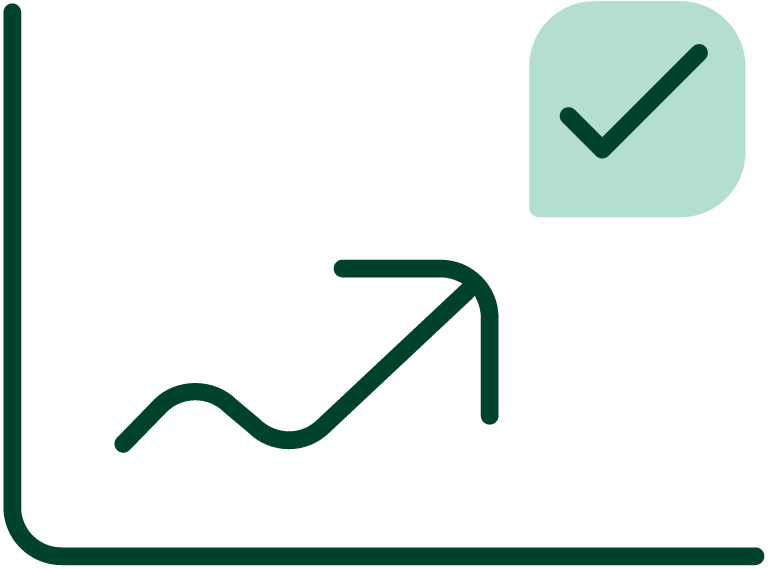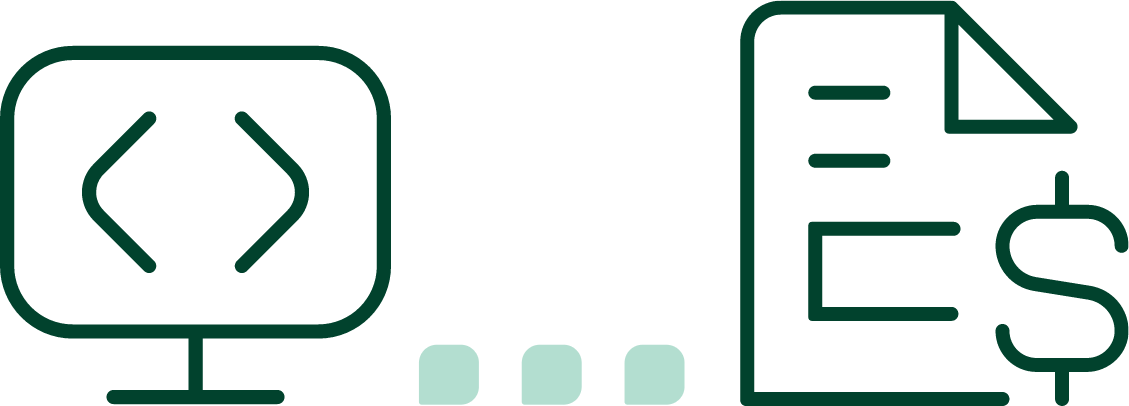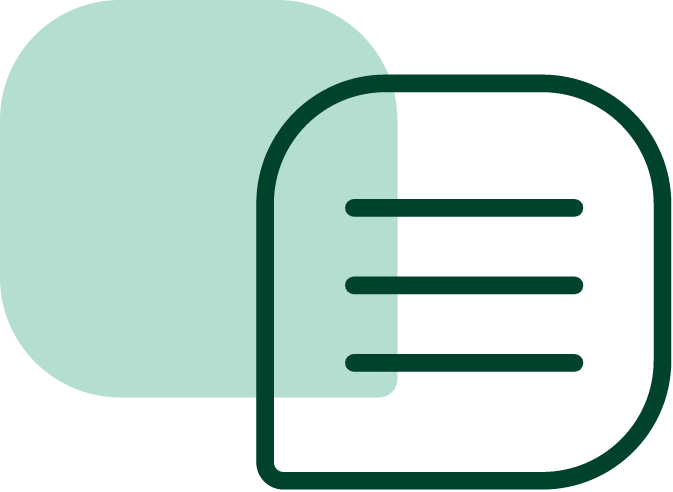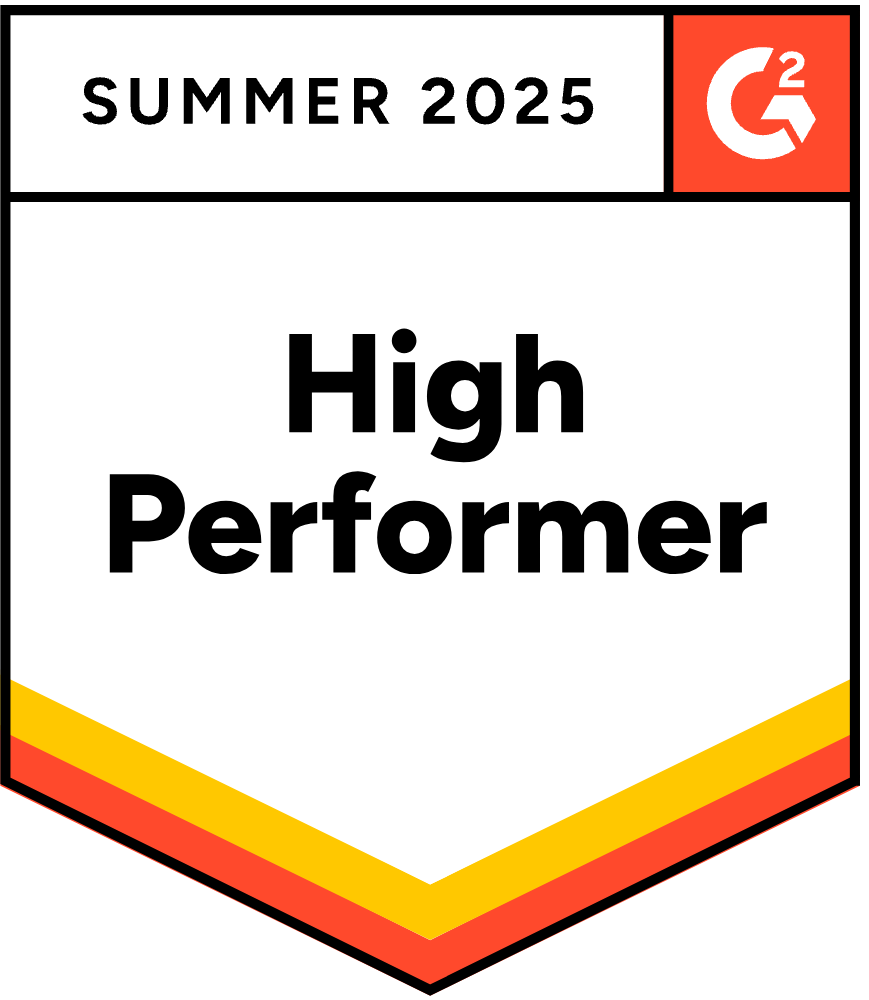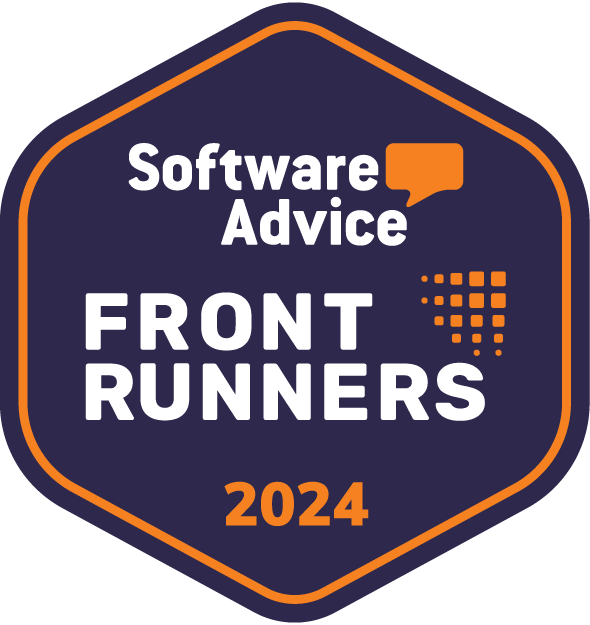As a CFO, you have a tremendous responsibility for the financial health of your organization, so it’s essential that you have the tools to continually measure and evaluate your company’s profit, revenue and make critical decisions related to the company’s growth.
What is a Cash Flow Metric?
Cash flow metrics are the standards by which CFOs measure cash flow health and accounts receivable performance. They are used in nearly every financial function, including accounts receivable, payable, cash flow reporting, and more. They should offer high-level overviews of financial performance that detail how the company performs relative to past periods and against similar competitors.
In this blog, you’ll learn about the most important cash flow metrics and cash application KPIs for CFO performance and their relationship to your overall financial planning.
What is a Cash Application KPI?
One essential part of maintaining a healthy cash flow is having an efficient and accurate cash application process in place. Cash application KPIs are a subset of cash flow metrics that focus on the A/R process and how accurately a company matches invoices to payments.
In this blog, you’ll learn about the most important cash flow metrics and cash application KPIs for CFO performance and their relationship to your overall financial planning.
1. Average Days Delinquent (ADD)
ADD is an essential cash flow metric. It offers data on the effectiveness of your collection efforts by measuring the average number of days it takes to collect overdue payments. A high ADD score for a particular client may simply mean financial issues on their end. But continually high ADD scores across clients may indicate poor collection efficiency on your side.
Here’s the formula for Average Days Delinquent:
ADD = Days Sales Outstanding (DSO) – Best Possible Days Sales Outstanding (BPDSO)
Note the role of the DSO metric in this calculation. Many companies evaluate these two KPIs in tandem because it offers a broader understanding of how long it takes to convert invoices to cash.
If you need help with this, check out how to calculate DSO.
2. Current Accounts Payable (CAP)
Current accounts payable is another vital cash flow metric that details the sum of all money your company owes at a given time. Compared with the other CFO financial metrics, this measurement involves your own company’s ability to pay off your creditors. Marketing costs, utilities, rent, credit payments; all of these contribute to your accounts payable total. Like CEI, current accounts payable is generally run as a short-term financial planning tool, often on a month-by-month basis.
The Current Accounts Payable calculation is simple:
CAP = [Incoming Bill 1] + [Bill 2] + [Bill 3]
Though not overly complex, this is an essential KPI for accounts payable and should be run regularly.
3. Current Accounts Receivable (CAR)
CAR is our primary cash flow KPI for accounts receivable. This metric complements your current accounts payable calculation by detailing how much money is owed to your company in a given timeframe. These are listed as assets on your balance sheet (just as current accounts payable lists your liabilities) and reports are generally run in the same manner/periods.
Here’s the basic Current Accounts Receivable calculation:
CAR = [Outgoing Bill 1] + [Bill 2] + [Bill 3]
CFOs should keep their accounts receivable and accounts payable key performance metrics nearby and run the calculations on a regular schedule to keep things on track.
4. Operating Cash Flow (OCF)
The last of our CFO performance measures is operating cash flow, a cash flow metric detailing the total amount of money generated by daily operations, revealing either a positive or negative cash flow. Like the other KPIs, operating cash flow is usually run for short periods as part of a broader, scheduled financial analysis.
Here’s your Operating Cash Flow calculation:
OCF = Net Income + Non-Cash Expenses – Increase in Working Capital
As this metric involves slightly more complicated calculations than simply totalling bills, it offers a better understanding of how various business activities, investments, and financing affects cash flow. This makes it useful among CFO performance measures, but it also means small changes to your operation may drastically affect the outcome of the calculation.
We recommend all CFOs make sure they have the right accounting software tools behind them to digitize the A/R collection process.
5. Cash Application Automation Rate
This cash application KPI measures the percentage of cash application processes that are automated. The goal is for the majority, if not all, of the cash application to be automatic to aim towards higher accuracy. Other benefits of automating your cash application process are reduced costs and the ability to scale the matching of invoices to payments, which is difficult when relying on manual processes. Another benefit of cash application automation is that it delivers more A/R data for your team to analyze and use to improve your cash flow performance.
Here’s the formula for Cash Application Automation Rate:
Cash Application Automation Rate=[(Amount of Cash Applied AutomaticallyTotal Amount of Cash Applied)]×100%
CFOs should strive to automate their cash application as much as possible for the most accurate invoice reconciliation and the added value it brings to other aspects of the A/R lifecycle such as credit monitoring and deductions management.
6. Collection Effectiveness Index (CEI)
CEI compares receives collected in a given time period against the receivables available in that same period. Similar to DSO, this cash application KPI offers a broad measure of how effective your collection efforts are. But note that CEI is more accurate when measuring collections in shorter periods.
(DSO alone may account for receivables that don’t directly correlate with credit sales figures in the measured time period, reducing its accuracy when compared with shorter-term CEI calculations.)
Here’s the formula for Collection Effectiveness Index:
CEI = [(Beginning Receivables + Monthly Credit Sales – Ending Total Receivables) / (Beginning Receivables + Monthly Credit Sales – Ending Current Receivables)] x 100
Run your collection effectiveness index for shorter, specific durations where collections efficiency should be measured as a complement to your DSO calculations.
Getting More Mileage Out of Your Cash Flow Metrics
Cash flow metrics are essential for evaluating financial performance, as they assist in providing you with a comprehensive view of your A/R data and process rather than a partial one. The best way to ensure they are providing actionable insights, however, is by deploying an accounts receivable software solution such as Gaviti’s invoice-to-cash A/R management platform. These tools provide a centralized hub for data collection and analysis, along with a comprehensive collections analytics dashboard for reporting and automation to enable greater visibility into your A/R process and optimize your performance for both A/R teams and individual collectors. For CFOs, it’s also an important way to show how your department plays an essential role in revenue generation for your entire organization.
Speak to a Specialist to see how you can get started improving your cash flow with Gaviti.


